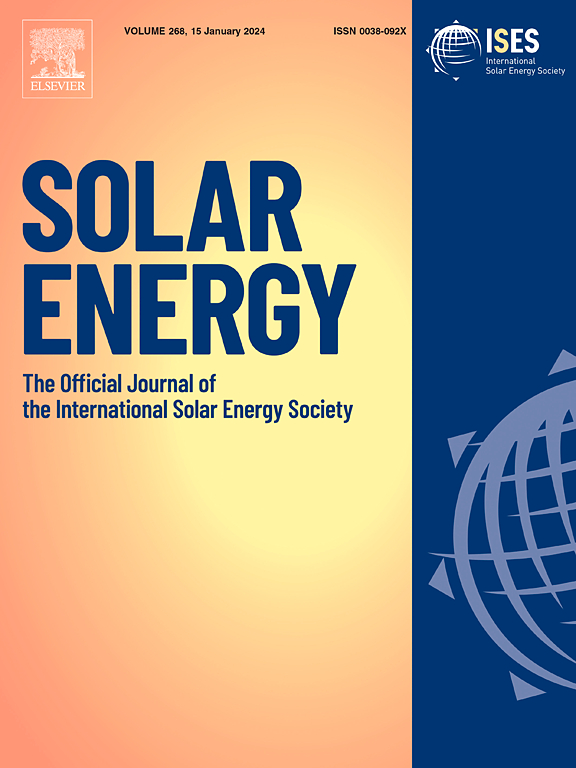某大学校园太阳能混合热电联产系统的3E分析
IF 6
2区 工程技术
Q2 ENERGY & FUELS
引用次数: 0
摘要
美国有潜力在大学和学院安装14gwe的冷热电联产(CCHP)系统,但目前只安装了2.6 GWe。本研究分析了美国一所大学校园内太阳能混合热电联产系统的能源、能源和经济性能。目前的系统依靠购买的电力、锅炉和冷却器来制冷和供暖。拟议中的58兆瓦的热电联产工厂,以燃气轮机、sCO2布雷顿循环、ORC和光伏(PV)太阳能电池板为特色,将使大学能够产生自己的能源。系统的能量效率为53.15%,火用效率为51.6%。投资回收期为2.2年,潜在的能源投资回报率(EROI)为4.9年。燃气轮机占实施成本的72%,而天然气消耗显著影响财务绩效。减少燃烧室的火用破坏(占总火用破坏的50%)可以进一步提高电厂的效率和经济可行性。本文章由计算机程序翻译,如有差异,请以英文原文为准。
3E analysis of a solar hybrid CCHP system at a university campus
The U.S. has the potential to install 14 GWe of Combined Cooling, Heating, and Power (CCHP) systems in universities and colleges, but currently has only 2.6 GWe installed. This study analyzes the energy, exergy, and economic performance of a solar hybrid CCHP system on a U.S. university campus. The current system relies on purchased electricity, boilers, and chillers for cooling and heating. The proposed 58 MWe CCHP plant, featuring a gas turbine, sCO2 Brayton cycle, ORC, and photovoltaic (PV) solar panels, would allow the university to generate its own energy. The energy and exergy efficiencies of the system are 53.15 % and 51.6 %, respectively. The payback period is 2.2 years, with a potential for Energy Return of Investment (EROI) in 4.9 years. The gas turbine constitutes 72 % of the implementation cost, while natural gas consumption significantly impacts the financial performance. Reducing exergy destruction in the combustion chamber, which accounts for 50 % of the total exergy destruction, could further improve the plant’s efficiency and economic viability.
求助全文
通过发布文献求助,成功后即可免费获取论文全文。
去求助
来源期刊

Solar Energy
工程技术-能源与燃料
CiteScore
13.90
自引率
9.00%
发文量
0
审稿时长
47 days
期刊介绍:
Solar Energy welcomes manuscripts presenting information not previously published in journals on any aspect of solar energy research, development, application, measurement or policy. The term "solar energy" in this context includes the indirect uses such as wind energy and biomass
 求助内容:
求助内容: 应助结果提醒方式:
应助结果提醒方式:


